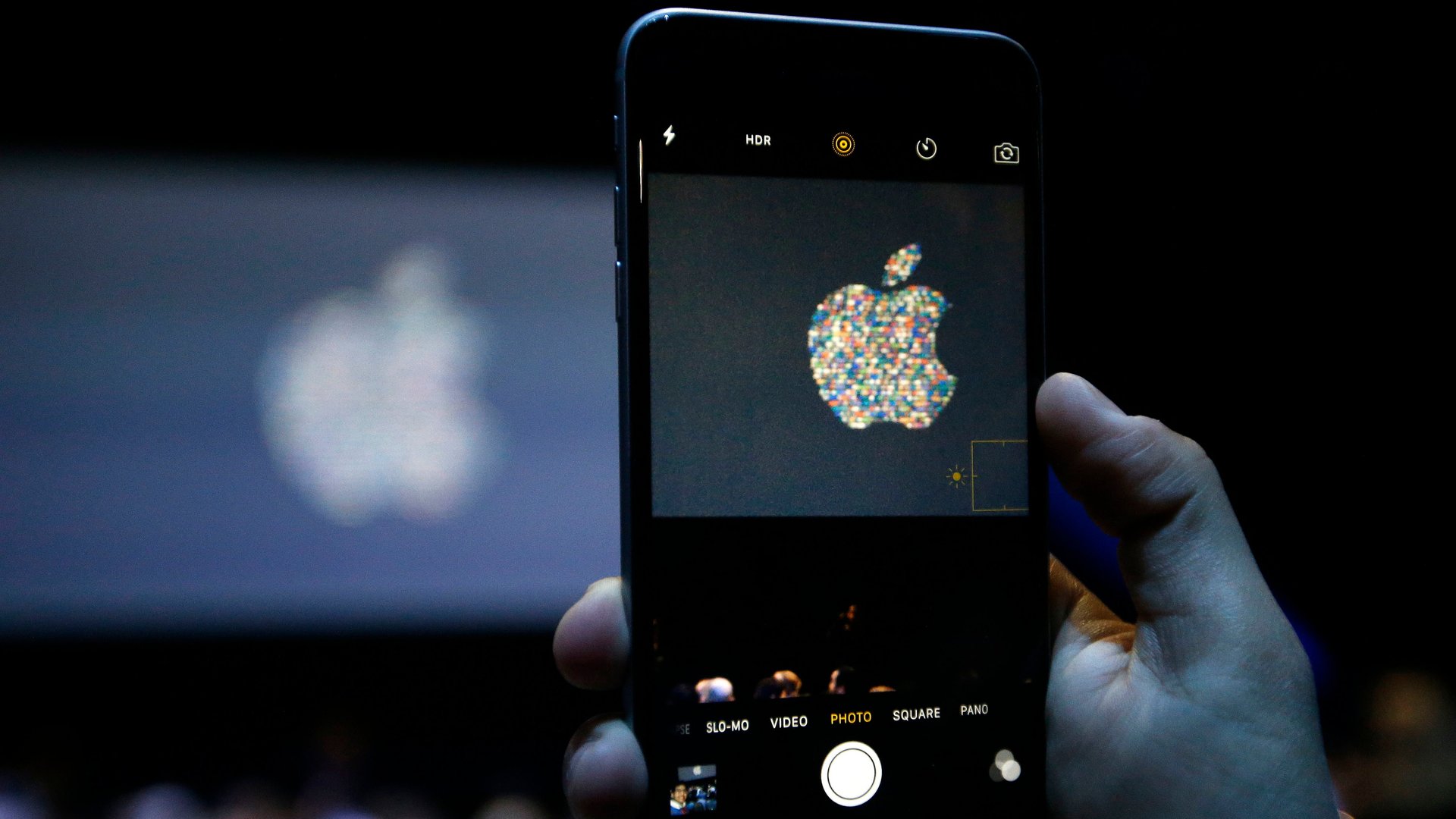The most important numbers in Apple’s earnings this quarter won’t be iPhone sales
“Hey Siri, when does the new iPhone come out?”


“Hey Siri, when does the new iPhone come out?”
Apple will report its third-quarter earnings today (the company ends its fiscal year in September), and while it certainly generated billions of dollars in revenue and profit, it’s probably going to be a relatively fallow quarter—by Apple’s standards at least. Here’s what to watch for:
Apple’s third quarter is traditionally a slow period, but this one could be particularly sluggish. As MarketWatch reminds us, CEO Tim Cook said on last quarter’s earnings call that rampant media speculation about the company’s next iPhone may be dampening sales, as everyone is just waiting for the next release in September. (Apple isn’t exactly helping itself on this front with its own leaks—we now have a decent idea of what the next iPhone will look like.) Indeed, after years of stagnating design, it’s entirely possible people have been holding off for a refresh. So it’s likely that the real story this quarter will be that everyone—consumers and Wall Street alike—will just be waiting for for the next story; like watching reruns of your favorite show until the new season starts in the fall.
Given that the vast majority of Apple’s revenue comes from iPhone sales, any softness in that business will likely result in a relatively disappointing quarter. But since investors, and even Apple’s CEO, seem to be aware of the potential for a very dull quarter, it’ll be interesting to see how the market responds if Apple puts up uninspiring numbers.
Apple is expected to generate between $43.5 billion and $45.5 billion this quarter, according to analysts. On the low end, that would be a gain of about 3% over the $42.4 billion it posted in the same quarter last year. But that would be enough to keep the return to sales growth alive: Apple spent the better part of 2016 with declining growth, but managed to turn that around after the launch of the iPhone 7.
The question will be how much any fall in iPhone sales can be cushioned by Apple’s other business lines. Apple’s services business, which constitutes subscriptions like Apple Music and iCloud storage, as well App Store and iTunes purchases, is now the company’s second-largest business—Cook even said last time around that it was well on its way to being the size of a Fortune 100 company. Look to see whether Apple mentions any increases in subscriptions to Apple Music on the call, or any indication about where it plans to take its (initially unloved) forays into original content.
Apple also released the best iPad it’s ever made near the end of the quarter, but we likely won’t see any effects until the next quarter. Look to see whether the new Mac laptops released over the last year have helped keep the computers as Apple’s second-largest hardware business, or if there has been further cannibalization from its tablet (that thinks it’s a computer) over the quarter.
As growth in North America has been minimal in recent quarters, Apple has looked to China’s burgeoning middle class for new customers. Apple has invested in Chinese companies and seemingly has even taken services out of its app store that the Chinese government doesn’t approve of. But look to see whether this has really helped sales much: China was Apple’s second-largest market for most of 2015, but slipped back behind Europe partway through 2016.
Apple’s only other new product from the past year, its AirPods wireless headphones, are starting to be stocked at Apple stores around the US. Much like the Apple Watch, the company has put its well-received headphones into a bucket called “Other products,” which includes every accessory and other minor product it sells, like iPods and Beats headphones. The bucket roughly doubled in size when the Watch was released, and has fluctuated between roughly $2 billion and $4 billion since then. Look to see whether the watch, the headphones, (probably not the iPod), or anything else has helped close the gap between Apple’s smallest business line and its others. It is, however, still about the size of a Fortune 500 company on its own.